I played in the World Series of Poker in Las Vegas this summer for the first time. The most common question I got on social media and in person, from dozens of people who’ve never suffered through a poker tournament before, was: “How do you qualify for this?” The answer is: you show up, pay your money, and then you’re in. Anyone could do the World Series of Poker tomorrow. I don’t recommend the WSOP as an activity if you’ve never played poker before, but as a human with a bank account or some other sort of cash reserve, you’re technically eligible.
The other question, once I started posting my results, was: “Are you still in the tournament, or are you eliminated?” Don’t be a dope. There are ninety-nine separate championship tournaments, or “bracelet events,” plus more than a hundred side tournaments at the Paris and Horseshoe casinos, which host the WSOP. In addition, at least eight other venues in Vegas are holding their own summer series concurrently with the WSOP. So you have infinite chances to win if you have infinite money for entry fees. You’re not eliminated until you get on the plane, in the car, or, if things went really poorly, on the bus, for home.
More than once while I was playing a bracelet event I had to look around and appreciate the fact that I was actually doing this. I’ll never throw a pitch at Dodger Stadium or run point for my favorite basketball team. But I’d accumulated enough of a bankroll at home in the last few months that I could afford to take a few modest mid-stakes shots on poker’s biggest stage.
In the beginning, it looked great for your hero. The second hand of my first-ever World Series of Poker event — an $800 buy-in no-limit hold ’em tournament that would garner more than 4,700 entries and eventually produce a payout of $368,977 for a winner who wasn’t me — I picked up Ace-King off-suit on the button. If you don’t know much of anything about poker, that’s about as good a starting hand as you can reasonably hope for.
No one had opened the pot yet, so I raised. The guy to my left, who before the tournament told me that he’d once owned a small card room in rural Montana, called. The flop came — Ace, Ace, King. I had a full house, the absolute stone-cold nuts. He checked; I bet; he called. The turn was a six. He bet. I raised. He raised me. I went all-in; he called. He had a worse full house than me. Just like that, I’d doubled my stack. Two hands later, I stacked another guy who went all-in with another worse full house than me.
“What is happening?” said a young German player who went to the rail by my hand a couple hours later.
What was happening? I was dominating the table. I was clearly the best player in the tournament. This, I thought, was going to be easy.
It was not easy.
I made some good plays and made some mistakes. My chip stack went up and down. I tried to keep myself fortified with various snacks from my backpack, but I grew nearly insane with hunger. At the 7 p.m. dinner break, which lasted a bit over an hour, I went to a restaurant and devoured half a chicken. Back at the felt, about ten hours after I started the tournament, I found myself short-stacked and all-in before the flop with a pair of Jacks. I was up against a pair of tens and a pair of sixes, and they both hit a card that gave them a set, or three-of-a-kind, and I was out, only about an hour before the tournament started paying. Very frustrating.
The next day, I played a $1,500 buy-in tournament, the second-most-expensive event I’d ever entered. Again, I started hot, and again, my stack rose and fell like the tides, perhaps giving me some clues as to what I need to work on in my game. If you could win tournaments in the first half-hour, I’d be writing this as a millionaire. Instead, I went big early, again, and dwindled, again. At a certain moment late in my tournament life, a tanned and handsome man in his forties sat down with a starting stack because you could buy into this event eleven hours after it started.
“I’ve been hanging out all day and just won $1,500 at craps, so this is a freeroll for me,” he said. I, on the other hand, had been grinding poker desperately for months to afford this, the second-biggest buy-in I’d ever played. He was wearing an expensive, formfitting button-down shirt. I was wearing a T-shirt that depicted a gorilla working over a barbecue.
He played three hands, not badly, and lost all his chips, happily sauntering away. I lasted another three hands after that and staggered back to my hotel room in an exhausted daze. My series had truly begun.
As poker experiences go, the WSOP is pretty gentrified. You’re playing in a plush, well-air-conditioned conference center at a big corporate hotel against a high-quality international player base. Servers will bring you a cup of Harney and Sons tea for a dollar, and a wide variety of cocktails, also for a dollar. But that doesn’t mean that gritty poker experiences are unavailable in Vegas. Really, they’re the meat in the sandwich.
After a third day of playing lower buy-in side events, all of which I bricked, I went to the Orleans, a Mardi Gras-themed casino a couple of miles off-strip. They had a $200 buy-in tournament with a guaranteed prize pool of $60,000, which they far exceeded. “Everyone plays that tournament,” a friend of mine said. On that Sunday, everyone included me.
They sat me at a table by the bathroom, twenty feet from where the smoking section began. I was choking on cigarette and cigar fumes, my thought process constantly interrupted by the sounds of hand dryers and flushing toilets. I quickly figured out that to compete in this tournament, I needed a $100 “add on,” which doubled my stack. This was necessary, because someone was going all-in nearly every hand, and I needed the ammo.
While the WSOP is certainly competitive, there’s a kind of well-heeled camaraderie at the table, an acknowledgement that at least we’ve made it this far, and isn’t that nice. Players exchange life stories and even poker performance tips. Not so at the Orleans. My table was full of grim, bitter, misshapen men who were probably wondering, much like I was, how life had taken them to such a low place.
I was tired and had a bad attitude. It didn’t go well. A horrible man with warts all over his face hit a miracle river card on me and shouted, “SHIP IT TO CHINA!” as he took all my chips, making me zero for five for the trip. I did, however, win $35 playing blackjack while a skinny old guy who looked like Yoko Ono smoked Parliaments in my face. After dinner, I played another side tournament, which I also donked out of, and lost $300 playing a poker cash game when I bet big on consecutive nut flush draws, neither of which hit. My WSOP was starting to look like a huge bust, but I was going to “fire one last bullet,” as they say in Pokerland.
After a day off, I entered the $1,000 “Seniors” tournament, which you’re eligible for if you’re age fifty or over. I may be a junior senior, but I am one, and I’ve been having good luck in Seniors events lately, including a thirteenth-place finish in a WSOP circuit event in Oklahoma and a mighty second-place finish at my local card room in Round Rock, Texas.
Once again, I started out hot, a Senior on Steroids. And again, I gradually saw my chips peter out to basically nothing. But this tournament had what they call a “deep structure,” meaning the blinds only went up every sixty minutes. I nursed my remaining chips like a tiny baby bird that I’d found after it had fallen from the nest. At the end of the day, I placed my 37,000-chip stack, which sounds big but is actually very small, in a plastic bag, and it was on to Day Two.
Day Two actually happened two days later, because there were two Day Ones, and I played on the first Day One. (The logis- tics of poker tournaments are annoying and dorky, but you get used to them.) So I took a day off between Day One and Day Two, and started Day Two at a different table, with different opponents. There were more than 1,500 players left out of nearly 8,000 who’d started. Eleven hundred and ninety-four of them would make the money.
Within the first thirty minutes, I picked up pocket Aces three times. Once, a sly old duffer sniffed out my reraise, but the other two times, desperate men jammed their entire stacks into me pre-flop, and my Aces held easily. That was enough to get me to the cash. I won a couple more hands, and then just started folding everything.
Approximately two and a half “levels,” or 150 minutes of play, into Day Two, the tournament director announced to the dealers at the hundred and thirty or so remaining tables that they needed to stand up when the hand was over. I knew this meant that the bubble was about to burst. After I folded, I began to tear up behind my sunglasses. My first-ever WSOP cash was coming. Some players are cynical about a “min cash,” as they call it, and I get that — the real goal is to win the entire tournament. But this meant everything to me. It was a huge milestone that justified thousands of hours of hard work, hundreds of bad beats, endless misplays, lots of disappointment and a shit-ton of “I could have been a contender.”
“Congratulations!” the tournament director said. “You are in the money!” There was lots of cheering and handshaking and high-fiving, though not so much among the players who had been there before. I cried quietly to myself, saying “you did it, buddy,” and focused my attention back on the table.
I lasted a couple more hours and 500-plus players after that. Then I ran pocket tens into pocket Queens, and headed to the rail, having made an $1,100 profit that salvaged my World Series of Poker experience from total disaster.
In the payout line, another casino away from the room where I’d busted, I showed the player in front of me my pay stub. I’d finished number 669 in the tournament.
“Sixty-nine,” he said. “Nice.”
“That’s nothing,” the player behind me, a large man wearing Seattle Mariners gear said. “I finished 666.”
“The number of the beast,” I said.
“Breaking the law, breaking the law,” growled the player in front of me.
It turned out that 666 was the pay jump cutoff, so that guy made $2,400-plus, or $300 more than I made.
At the WSOP, and at poker in general, there’s always someone who’s doing better. I’ll get them next year. Or, more likely, I won’t.
This article was originally published in The Spectator’s September 2024 World edition.



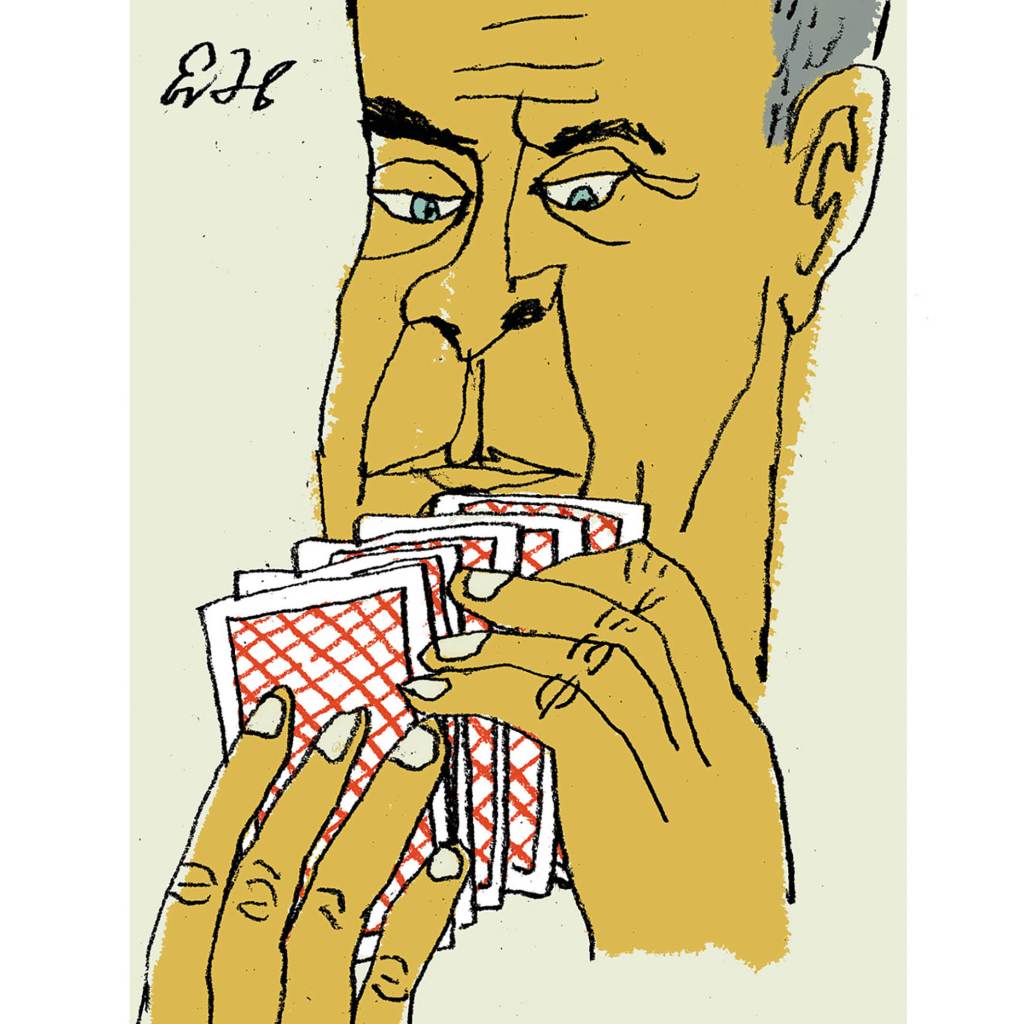






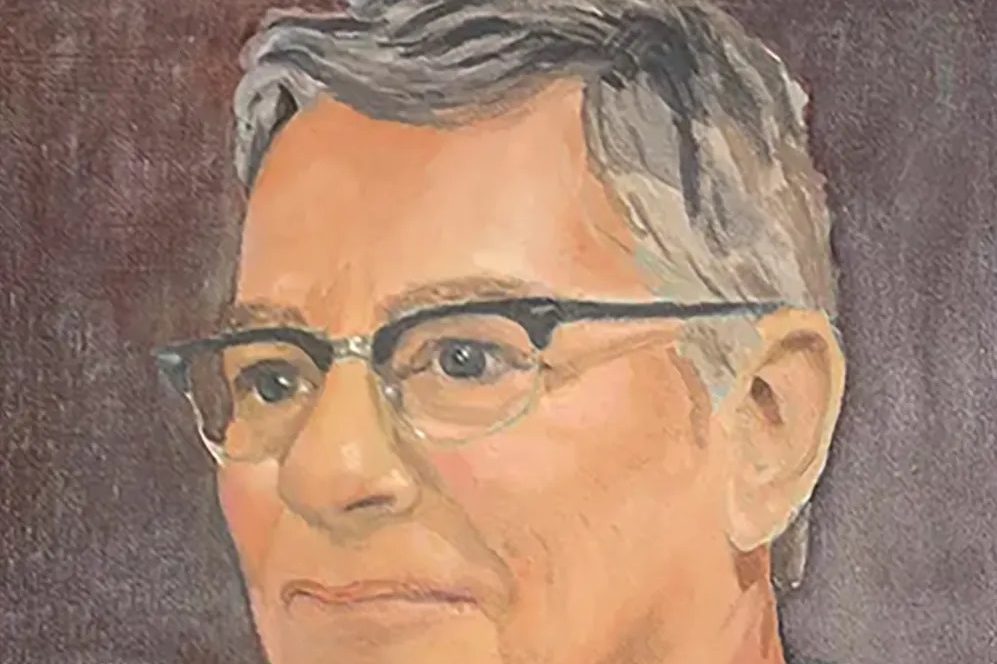
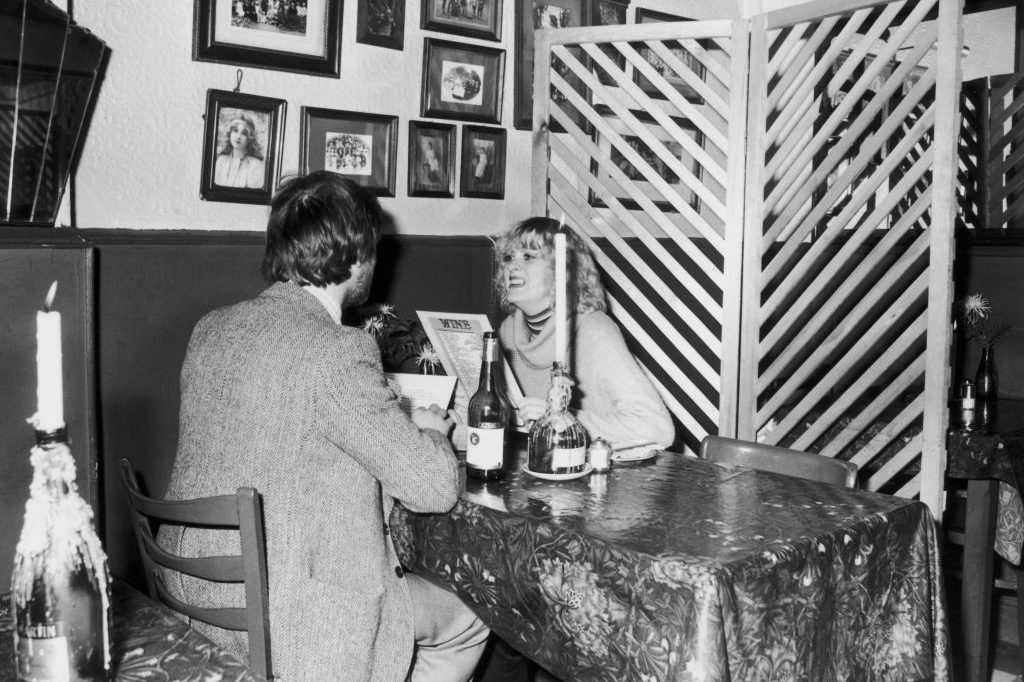

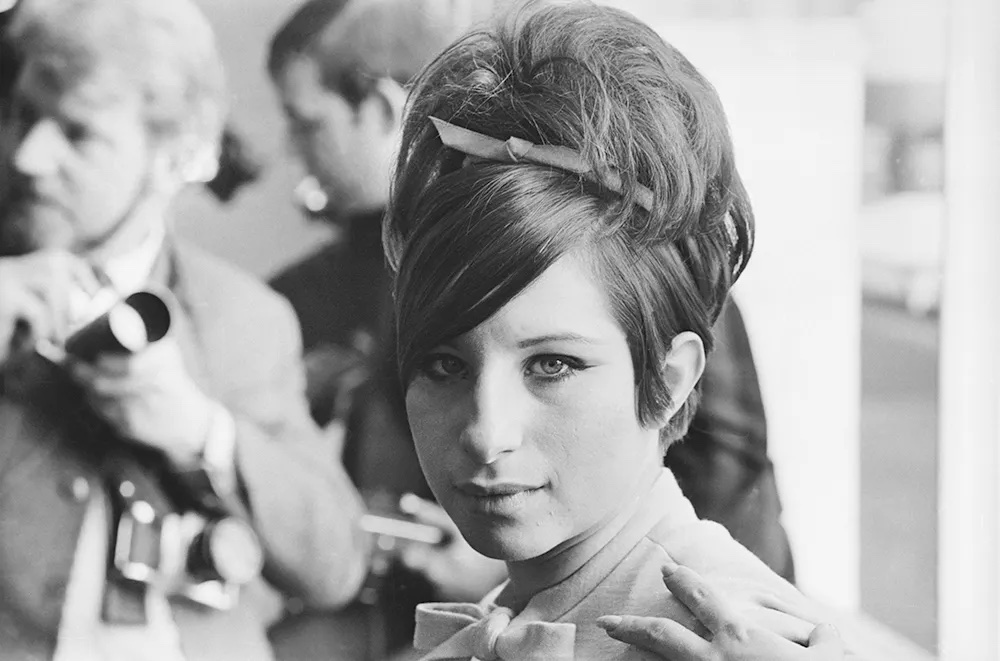

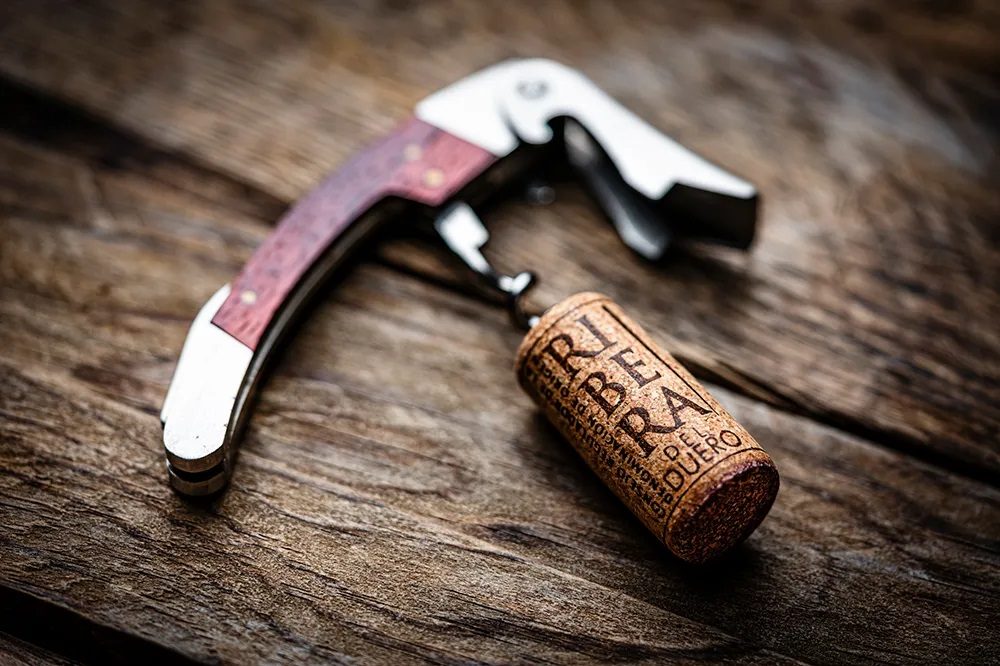







Leave a Reply